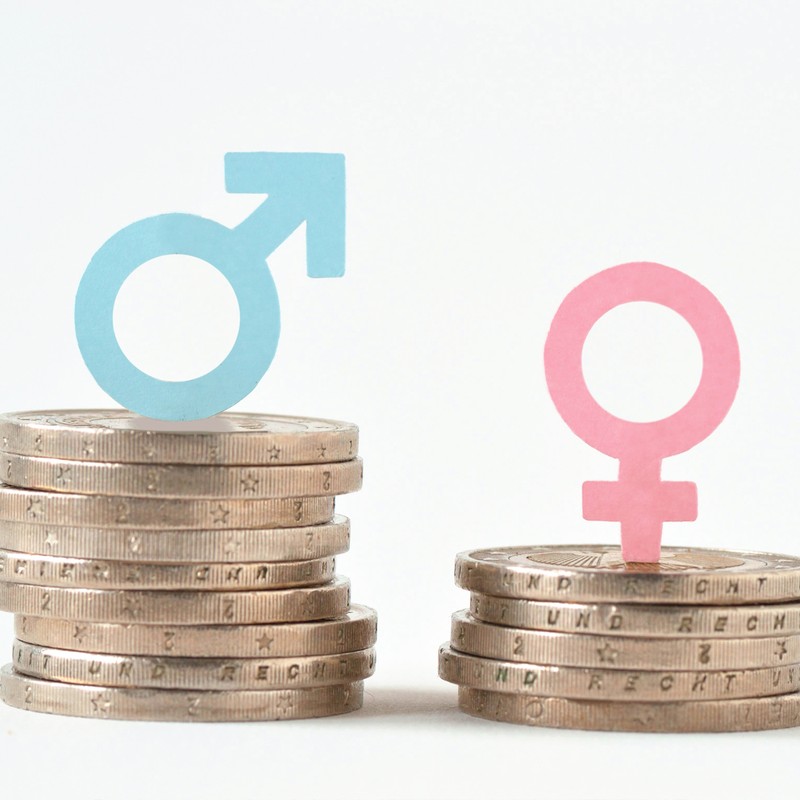What You Need To Know About The Gender Pay Gap Reporting
What’s the latest?
This year, around 9,000 UK companies will report the difference in hourly earnings and bonus payments between male and female employees. Some have already done so.
You may have been both shocked and unsurprised to learn earlier this month that banking group Goldman Sachs International reported its average pay gap was 55.5% for hourly pay and 72.2% for bonuses. The bank claimed this reflected an imbalance between men and women in senior roles at the company, and adding it was “committed to promoting diversity and inclusion.”
The good news is Theresa May has demanded all companies with more than 250 staff must report their gender pay gap to the Government Equalities Office by the 4th April. The bad news is there’s probably more shocking pay disparities than Goldman Sachs’ to come.
How is the gender pay gap calculated?
The gender pay gap is the difference between the average hourly earnings of men and women. The Office for National Statistics states the gap – which is based on median hourly earnings for full-time workers – fell to 9.1% in April last year, from 9.4% the year before. (For context, the pay gap was at 17.4% in 1997 when they first started collecting the data.) However, the mean gender pay gap currently sits at 14.1%, and has been stuck there for around three years.
This is the part that’s a little confusing if you’re not a maths aficionado. The mean, which is most commonly known as the average, is what you get when you add together all the wages of the employees, and divide it by the number of employees. So, the mean gender pay gap is the difference in mean female pay and mean male pay. If, for example, the gender pay gap sat at 45% in a certain company, that would mean for every £1 earned by a man, a woman would earn 55p.
The median is the number that sits in the middle of a range of numbers when put in order. So when a company’s wages are separated into male and female groups, and lined up from smallest to largest, the median gap will be the difference between the male and female employee in the middle of each range. Median is better at representing the gender pay gay, as it can show inequality at either end of the pay spectrum – highly paid employees can change the mean result significantly.
Does this mean women are being paid less than men for doing the same job?
Maybe – but this isn’t what the results will show us. The data is a bit more general than that, showing us the overall gender pay and bonus gap, rather than the pay disparity between men and women in the same job.
If that were the case, though, a company could expect some serious backlash. In the UK it’s illegal to pay women less than men, and has been for the last 47 years under the Equal Pay Act 1970 and Equality Act 2010.
What will happen to companies with a large gender pay gap?
Unfortunately, there are no plans to punish companies that have a particularly big gender pay gap. But, the government has stated that it will “publish sector-specific league tables”, naming and shaming the companies failing to sort their pay disparities between men and women.
As we know from the release of the BBC staff members’ pay in 2017 – which revealed two-thirds of its staff earning more than £150,000 were male – any extensive pay gap will most likely not be taken lightly by staff members. In fact, in January it was reported that, since the BBC was forced to admit their gender pay discrepancies in July last year, the National Union of Journalists has taken up more than 120 cases put forward by female BBC employees who believe they are paid unfairly compared to their male colleagues.
But plenty of companies have already started tackling their pay gap since reporting it to the Government Equalities Office. Lloyds Banking Group, who arguably have the largest gender pay gap in the UK so far with a median of 32.8% (Goldman Sachs UK’s median pay gap is 19.7%), have already released a statement vowing to change their ways for the better. Chief Executive Lloyd Blankfein and President David Solomon said: “The advancement of women in the workplace – and more broadly the state of diversity at our firm – is top of mind for all of us. While we have made progress in recent years on women’s representation and ethnic and racial diversity, there is still significant progress to be made.”
While it seems slightly disappointing that companies couldn’t fix their gender pay gap without being shamed into it through public exposure, we’ll take our victories where we can. It still might be a while until we achieve equal pay and access to the job roles we deserve in these largely male-dominated businesses, but Theresa May’s ruling means that we at least now can take a huge step in the right direction.
You can see the full list of companies reporting their gender pay gap here, Gov.uk
DISCLAIMER: We endeavour to always credit the correct original source of every image we use. If you think a credit may be incorrect, please contact us at info@sheerluxe.com.


